Cascara and its Rising Popularity: A Coffee By-Product Turned Superfood
Cascara, meaning ‘skin’ or ‘husk’ in Spanish, is the outer peel of the coffee cherry (berry). Biologically, cascara contains the exocarp and mesocarp. The mesocarp contains many pectins and small sugars, while the exocarp is mostly polyphenols.
For Inside the Market, we re-publish this article by Ennio Cantergiani, Authorized SCA Trainer at L’Académie du Café, who introduced us to the secrets of Cascara.
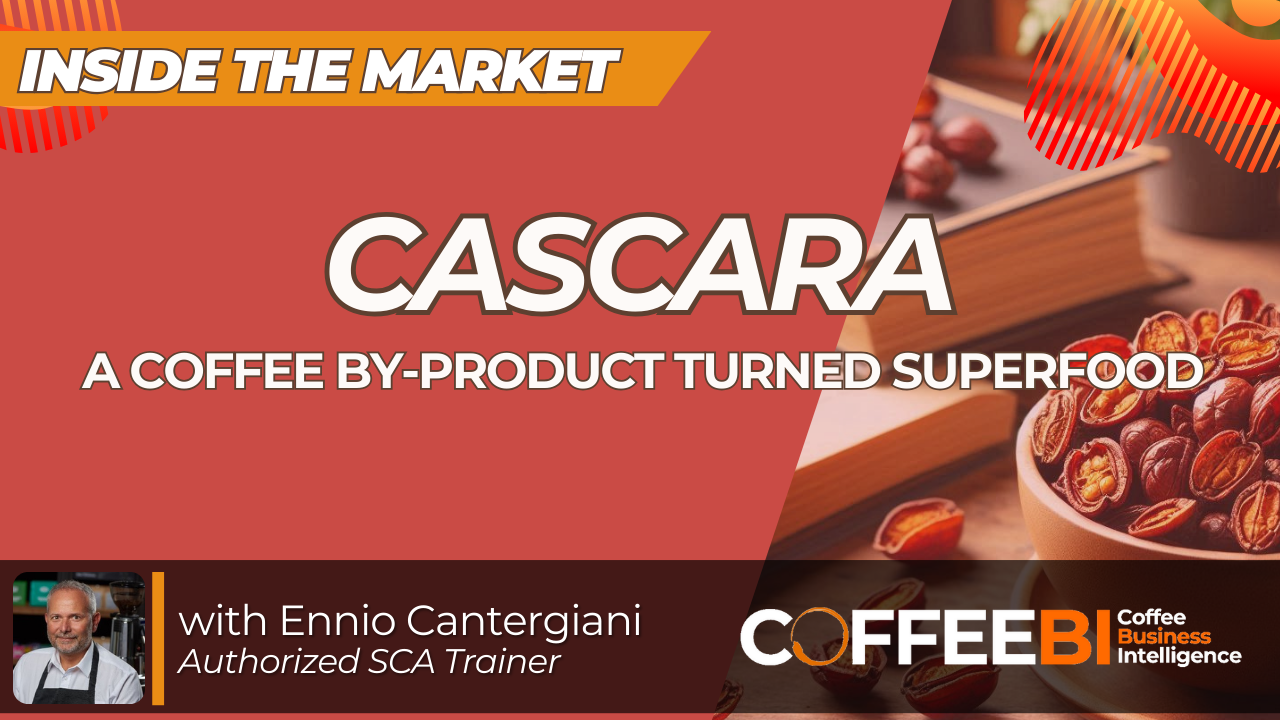
For a long time, it was a by-product of coffee production. Today, cascara has added value as food and a food ingredient. Traditionally, this by-product is used as an infusion in hot water, but you can now find it as flour. It can be used in flour blends to add color, fibers, and caffeine. Cascara is becoming popular, and in the next few years, we expect a big increase in its consumption. Why? Simply because Starbucks is launching a cascara latte, making cascara a trendy product.
How can I choose a safe cascara?
- First of all, you MUST choose an organic certified cascara or ensure that no contaminants such as pesticides are present.
- Molds are the most critical control point, so OTA analyses MUST be performed on each lot.
- Storage conditions are important. Water content and relative humidity MUST be monitored during storage in warehouses. Water activity is a good analysis, but it is not common in the coffee lab.
How can I choose a good organoleptic cascara?
I have tried dozens of cascara from all over the world. The following considerations are personal and based on my experiences. Nevertheless, I have tried to objectively analyze these cascaras and correlate them with different processes.
Here are some points I found important for good organoleptic quality:
- Whole coffee cherries were always better than ground ones. Whole cherries contain more sugars and infuse fewer polyphenols. Better-balanced products were found with whole coffee cherries.
- Cascaras from the washed process were judged better than those from the natural and honey processes. The depulping step in the washed process keeps more mucilage on the cherry skin than the honey and natural processes. This mucilage has a high sugar content and ferments rapidly, creating fruity characteristics and the best flavor profile.
- Cascaras from the natural process contain a lot of parchment residues that give unwanted tones during infusion.
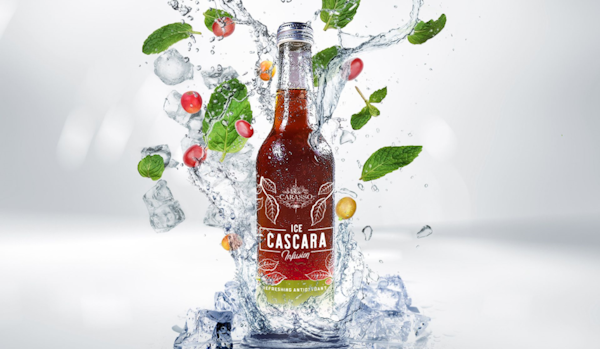
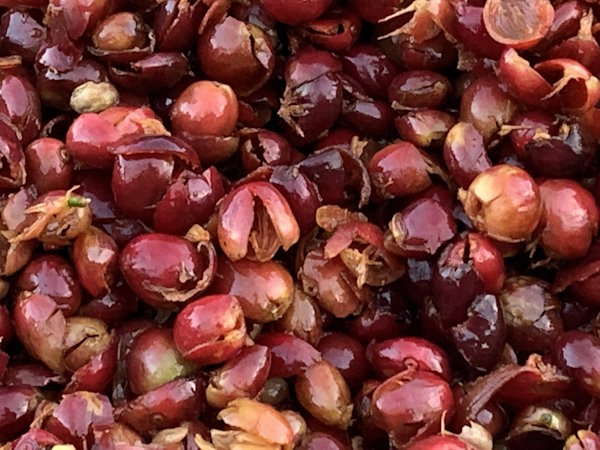

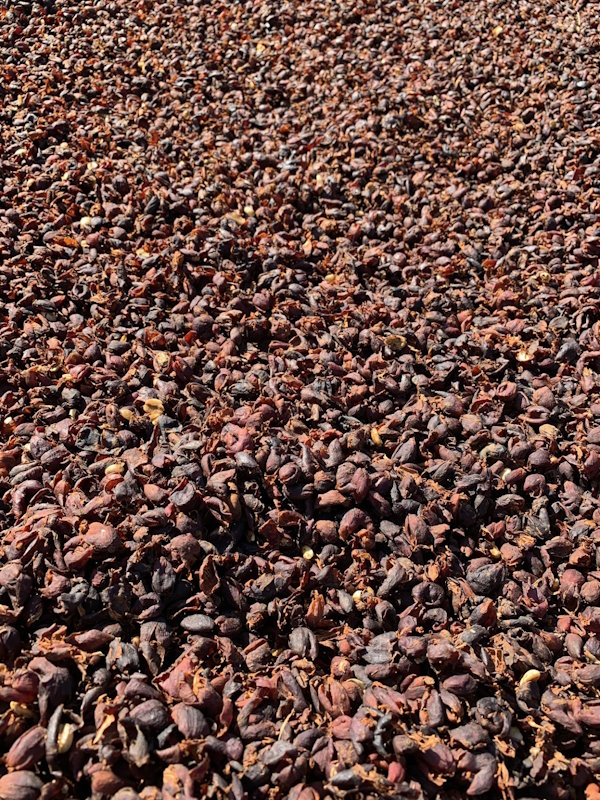
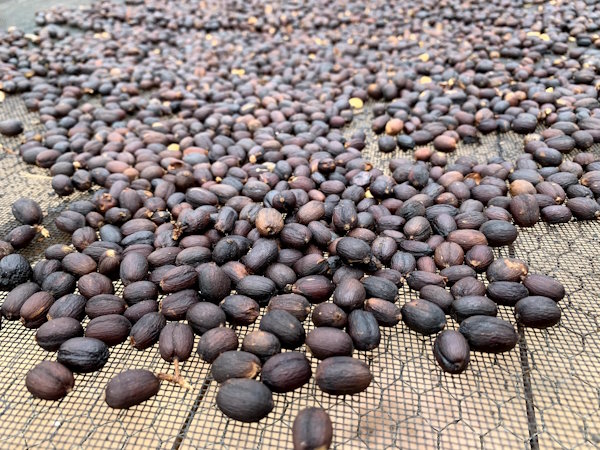
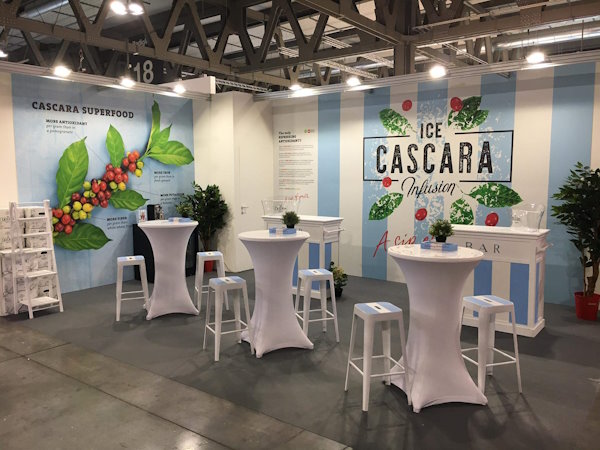
All in all, the best cascara should come from organic certified coffee and be well dried after the washed process. Strong floral and fruity flavors must be present, with no off-flavors.
For reference, the best cascaras I have tasted came from Central America (Honduras, El Salvador), but I believe anyone producing washed coffee can produce good cascara. They just need Good Manufacturing Practices, which are not as trivial as they seem. I am really pushing this product as it’s a clever way to add value to a coffee by-product.
To summarize, the best cascara should be the ones coming from organic certified coffee and well dried after washed process. Strong floral and fruity flavours must be present. No off-flavours must be perceived.
To give you an indication, the best cascaras I have tasted came from Central America (Honduras, El Salvador), but I am sure that everyone producing washed coffee can produce good cascara. They just need Good Manufacturing Practices that are not as trivial as everyone think.
I am really trying to push this product as it is a clever way to add value to coffee by-product.


